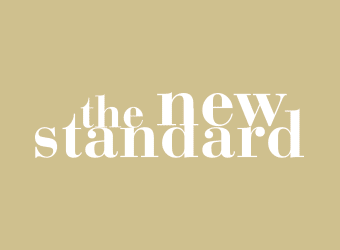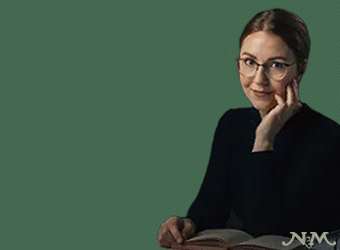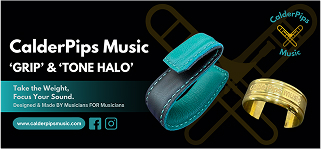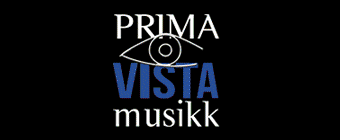Under the leadership of Ray Farr, 18 members of the Newtongrange Silver Band recently performed at an international music conference in Edinburgh University.
Conference
The conference, which was jointly run by The Galpin Society and the Historic Brass Society, was called 'Making the British Sound'.
Period instruments
Following a day of academic presentations, including one from Ray Farr on the famous Distin family, Newtongrange gave a short concert of early brass band music using period instruments.
The programme included items from the Crystal Palace contest and concert of 1862, such as 'Robert Le Diable'4BR
Crystal Palace
The programme included items from the Crystal Palace contest and concert of 1862, such as 'Robert Le Diable' (Meyerbeer), 'Volunteer Artillery & Rifle Corps March' (Enderby Jackson), and Tidwell’s 'General Jackson’s Schottische' (Henry Farmer).
Le Diable
Angus Edmund excelled in the demanding 'Cavatina' from 'Robert Le Diable' and 'Toi que J’aime', playing on a Distin cornet from 1880, whilst the talented euphonium/trombone player Neil Phillips performed 'The Pilgrim of Love' (Sir Henry Rowley Bishop) on a Courtois instrument made in 1910.
Scholarly editions
Scholarly editions of several pieces from this important era in brass band development have being made by Ray Farr and these will soon be published and available for modern band performances.
The National Brass Band Championships and Durham Music Enterprises gave financial support and the instruments were on loan from Durham University Music Department.
Instruments
The antique instruments used included a Cornopean in C (circa 1833); Distin cornets in Bb (circa 1880); Distin cornet in Bb (circa 1860);
Keyed Bugle in C (circa 1810); Ventil horn in Eb by De Lacy (circa 1860); French Horn in F by William Brown (circa 1860); Ophicleide (circa 1820); Distin duplex euphonium (circa 1880); Tenor trombones by Courtois (circa 1910)and Circular Bass in Eb (circa 1840)



















